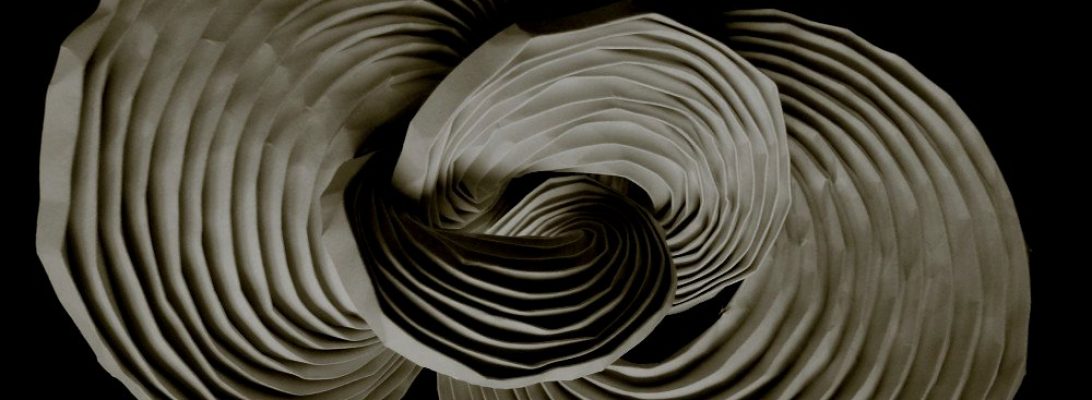For the last few years, over what was the Christmas holiday school holidays, I have gone lap swimming at a 50m pool near(ish) me. I always intended to continue into the year, but work and lane availability (due to squad training) at the times I could go always got in my way:

Having recently retired, I have been able to continue right into winter (the pool is indoor, it is heated) at a time that suits me, and choose to do it as one of my activities on Wednesdays. It is part of a broader activity set that is hopefully keeping me fitter and a little less fatter.
I first saw this lovely, simple, perfect design on Joseph Wu’s Facebook feed. It is a rare privilege to have one of Joseph’s designs shared step by step, and knew it was something I HAD to fold. It perfectly captures that delicate balance between clawing through the water, and drowning. The model is taking a breath on the left-hand side. This is something I struggle to do due to neck vertebrae fusion (for some reason right-hand breathing is easier). Swimming is a gentle exercise that is gradually giving me back some of the movement lost since the neck re-build.

I folded the model from a piece of Tuttle indigo dye duo paper that has a pattern that closely resembles the ever-changing abstract water caustics I swim through every time I get in the pool. I love the simplicity but also the accurate depiction of that, a very human act of swimming.










